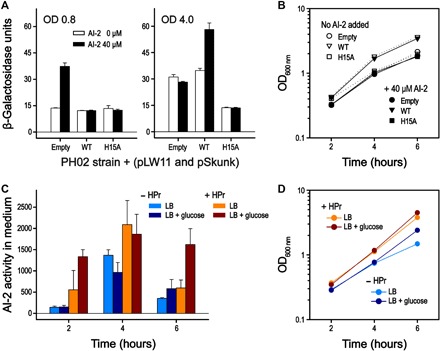Fig. 4. E. coli lsr promoter activity during cell growth (indirect measurement of LsrK activity).

(A) E. coli PH02 strain (ΔptsH and ΔluxS) carrying the reporter plasmid pLW11 (lacZ gene under lsr operon) and the pSkunk-empty, pSkunk-HPr, or pSkunk-HPrH15A plasmid. Cells were cultivated in LB medium in the presence or absence of 40 μM AI-2. The culture aliquots were collected for the measurement of β-galactosidase activity at 0.8 and 4.0 OD600 nm. The data showed representative experiments performed independently. Data are means ± SDs of technical triplicates. (B) Growth curves of the E. coli PH02 strains cotransformed with pLW11 and pSkunk-empty (circle), pSkunk-HPr (triangle), or pSkunk-HPrH15A (square) were measured in the absence or presence of 40 μM AI-2, as indicated. Aliquots were collected for the measurement of OD at 600 nm at different time points during cell growth. The growth rates of the E. coli strains in the absence of AI-2 were only slightly higher than those in the presence of 40 μM AI-2. (C) E. coli PH01 (ΔptsH) strains cotransformed with pLW11 and either pSkunk-empty or pSkunk-HPr were inoculated into LB medium with or without 0.8% glucose at t = 0. Samples were taken every 2 hours for the measurement of the extracellular AI-2 activity. Cultures with pSkunk-empty or pSkunk-HPr are indicated as “− HPr” or “+ HPr,” respectively. Data are the average of technical duplicates. (D) Growth curves of the E. coli PH01 strains cotransformed with pLW11 and either pSkunk-empty or pSkunk-HPr in the presence or absence of 0.8% glucose.
